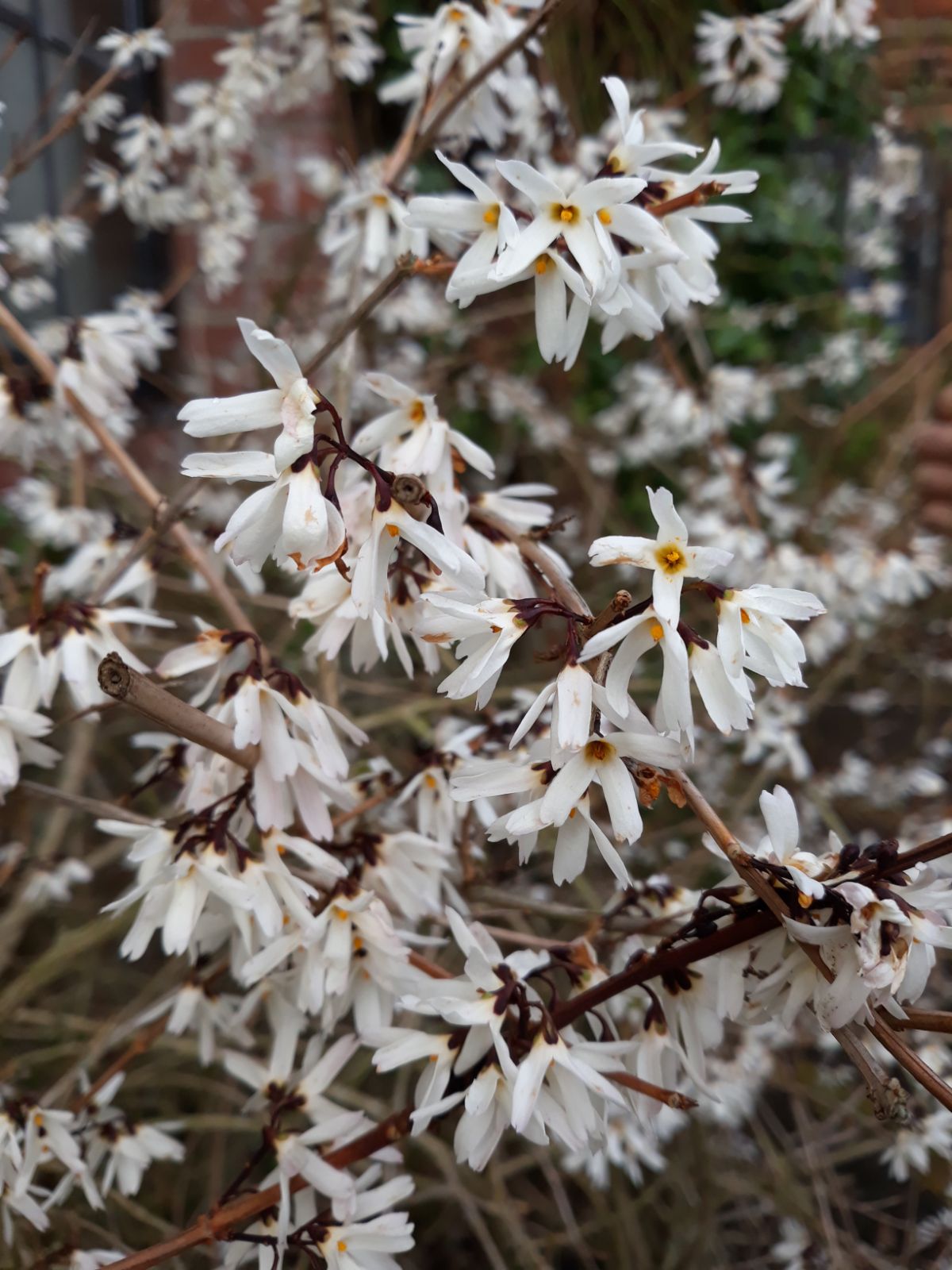Abeliophyllum
Sponsor
Kindly sponsored by
Monique Gudgeon, Sculpture by the Lakes
Credits
Article from Bean's Trees and Shrubs Hardy in the British Isles
Recommended citation
'Abeliophyllum' from the website Trees and Shrubs Online (treesandshrubsonline.
Family
- Oleaceae
Common Names
- miseonnamu
- White Forsythia

